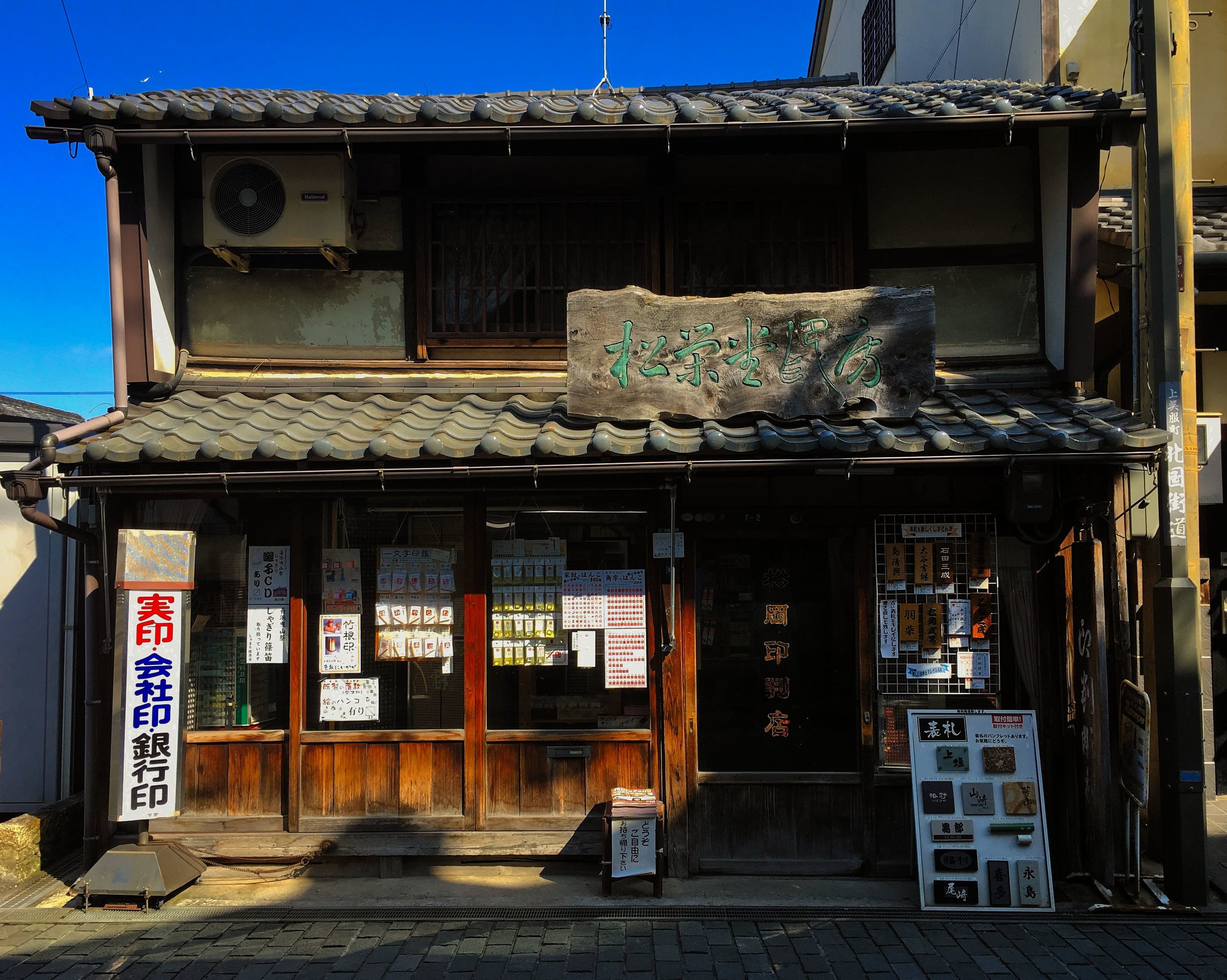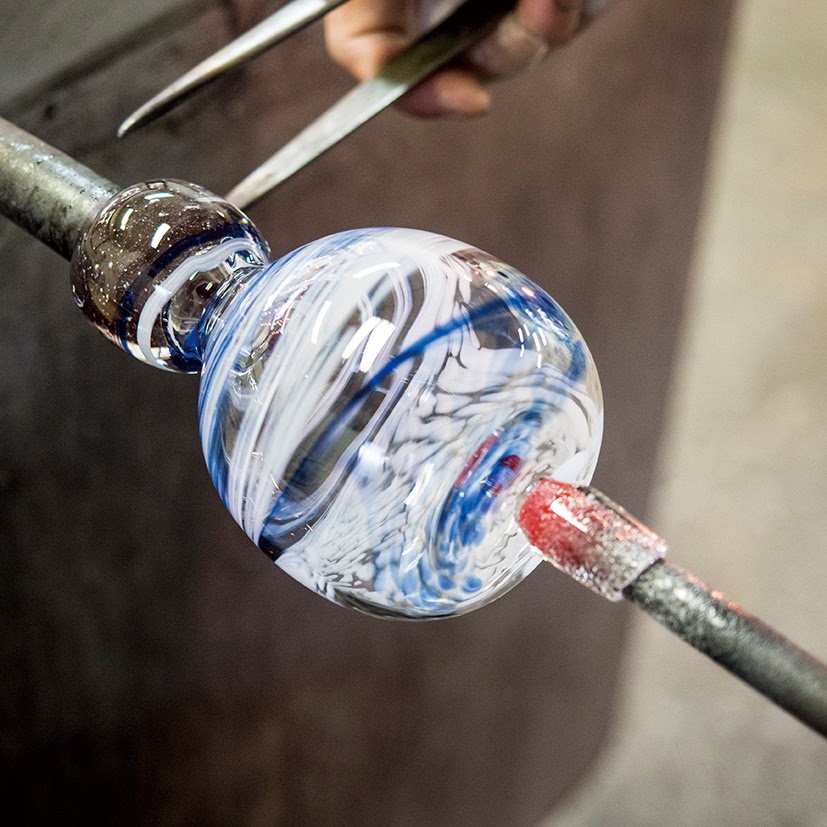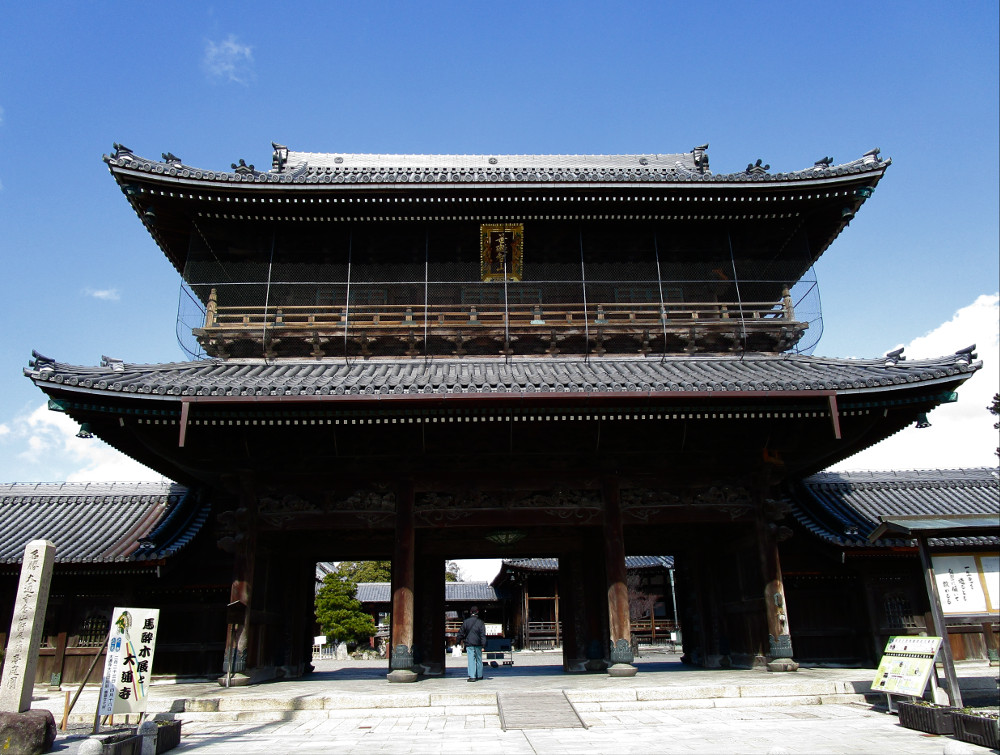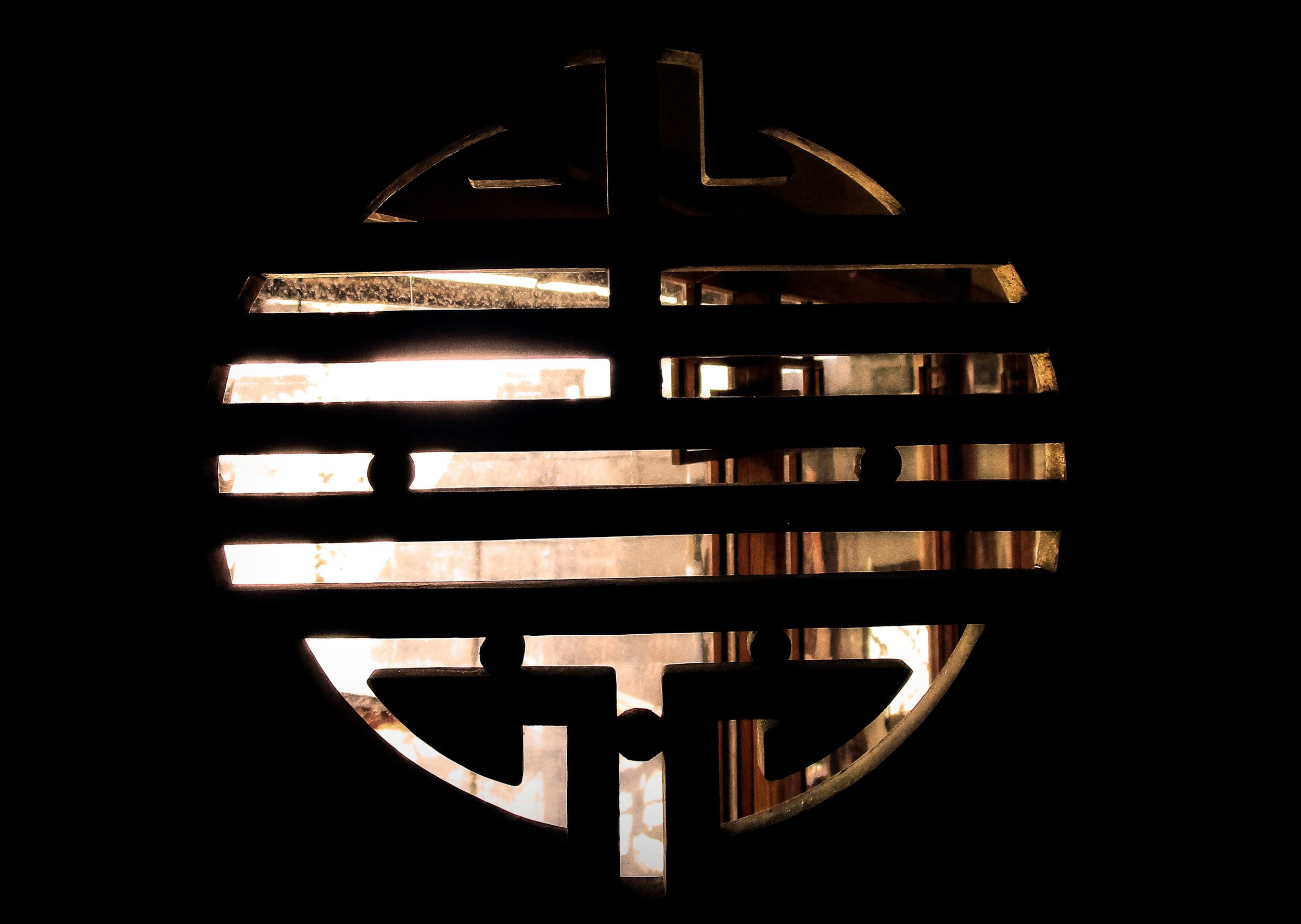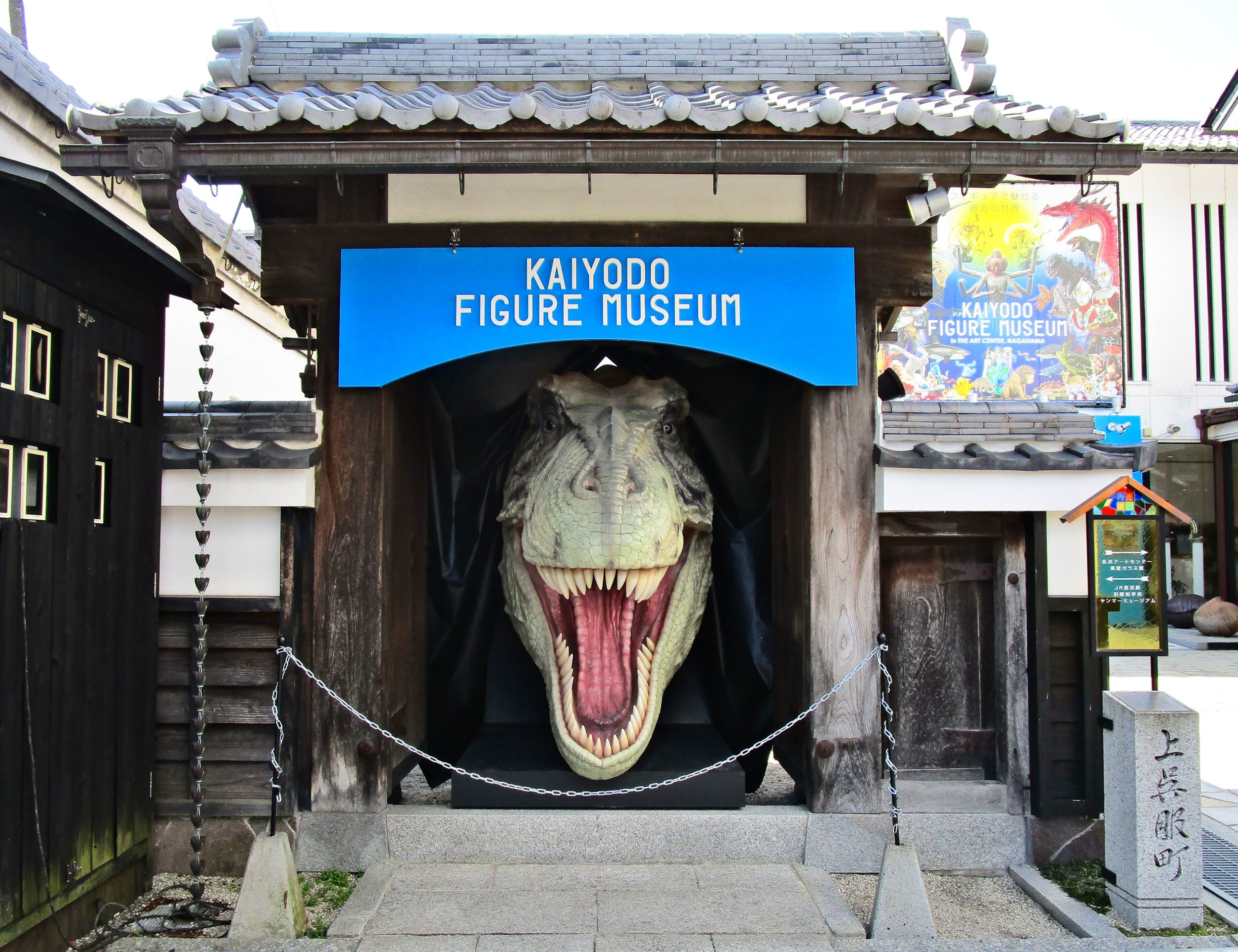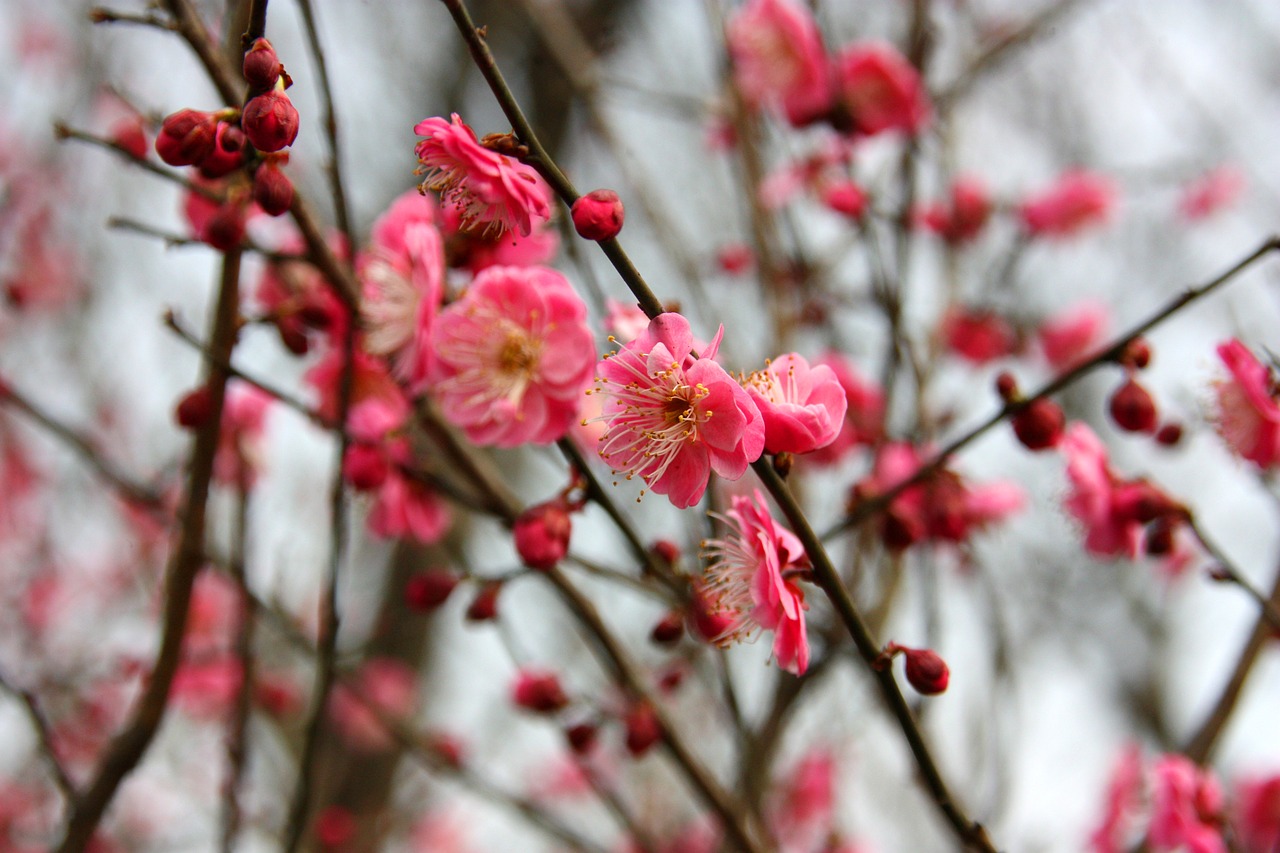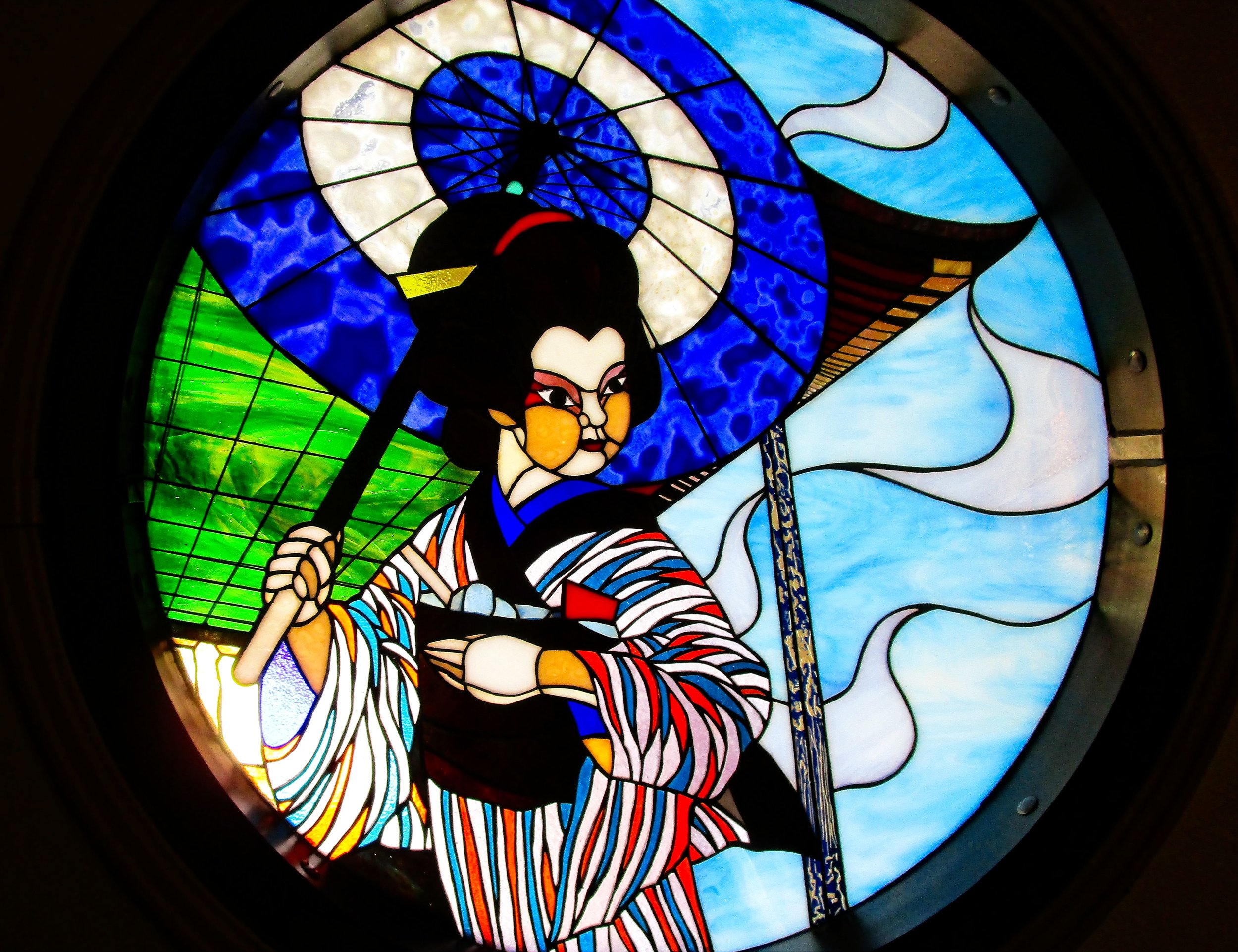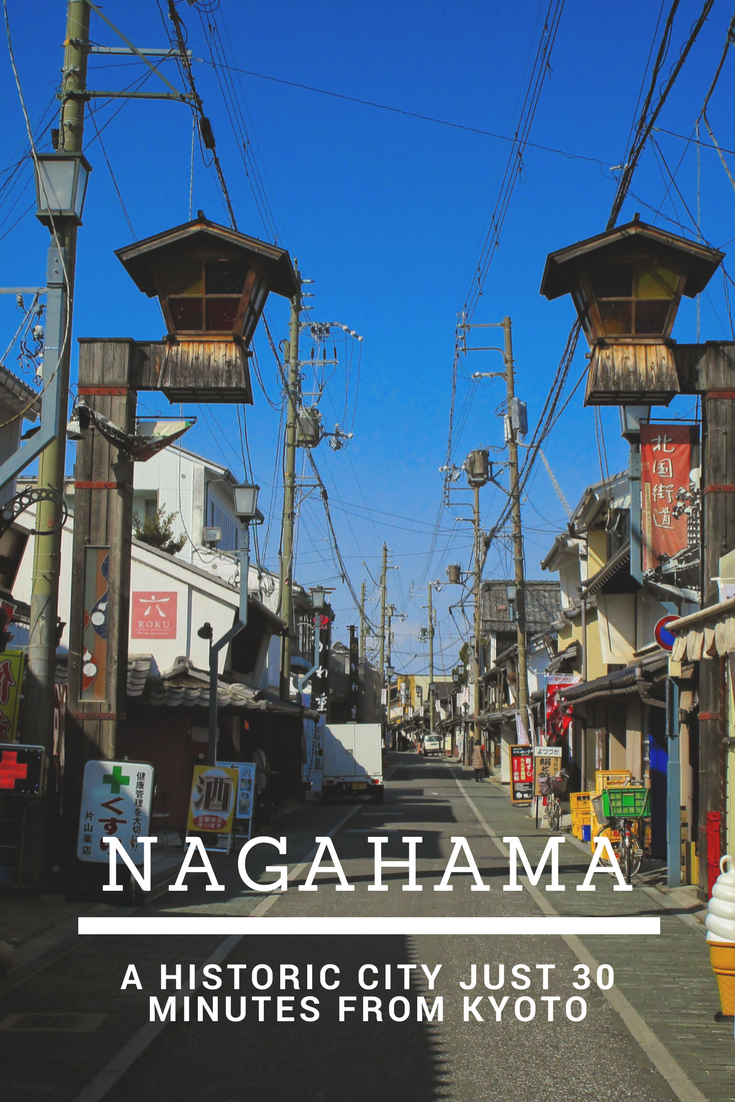Nagahama — A Hidden Historic Gem Just 30 Minutes from Kyoto
Many people won't know the name Nagahama, even though it's only a 30-minute train ride from Kyoto. However, I consider it my mission to share why — especially if you're going to visit Kyoto anyway — you should stop by this gem of a location for either a day, a weekend, or why not even 4 or 5 days? The city and its surrounding area have a lot to offer, especially if you want a taste of Japan that's still relatively untouched.
Nagahama — The Basics
This charming city lies in the northwestern region of Shiga Prefecture on the coast of Lake Biwa, Japan's largest lake. It has a population of about 119,000 and has long been blessed with an abundance of natural resources — rivers, mountains, deep forests, and of course, Lake Biwa. It has an excellent public transportation infrastructure because it's conveniently located between three major economic regions: Hokuriku, Kansai, and Chubu. In the past, it was a thoroughfare on the Hokkoku-kaido and Hokkokuwakiokan-endo trails, which connected to the famed Nakasendo trail and took travelers to and from the ancient capitals of Kyoto and Nara, as well as Edo (now Tokyo). Because of its strategic location on these trails, you'll find many temples in the area, as well as old castles, castle ruins, and even old battlefields.
A hanko (ink seal/stamp) and sign shop in Nagahama's old town district
What to see and Do in NAgahama
Kurokabe SQuare — Glassware Galore
One of the reasons Nagahama is so charming is its dedication to preserving its historic district. The city was part of a historic trail connecting pilgrims to Zenkoji, a famous temple in Nagano and other major townships during the Edo period (1603-1868). Visitors can still walk, bike, or drive down most of this trail even today, but I'll leave that for another post.
Kurokabe (means literally means "black wall"), is a business collective that works to preserve and promote Nagahama's beautiful historic district. To do so, they sent employees to study glasswork in Venice, Sweden, and other regions famous for their glassware. The effort was worth it — the city boasts some enchanting displays glass art (keep an eye out for it in unexpected places like signposts and shopfronts), as well as household items such as glasses, chopstick rests and more in shops around the area.
You can even try your hand at making your own glasswork art at one of the workshops in town — through a glassblowing experience as seen below — or by making a stained glass accessories, glass-encased gel candle, or through any of the numerous activities on offer. There are even a few that are safe for younger kids to enjoy! Keep in mind that some of the glass items (like the vase) require up to a week to process and they only deliver domestically, so if you plan on trying out glassblowing either do it at the start of your trip and have it sent to a hotel you know you'll be staying at later on.
Image Courtesy of Kurokabe Square
Daitsuji Temple — Where Mystical Foxes Reside
Nagahama is littered with temples in part because of its significance as a historic travel hub from the Hokuriku region to the capital and back. Many of them contain unique Kannon statues and rare artifacts you won't be able to find anywhere else in the world. There are a lot of temples in Nagahama — many with unique Kannon statues — but for easy visits, Daitsuji Temple is a must. It's located on one of the main avenues in the historic area and is an impressive structure with beautiful carvings made with painstakingly find detail. It's free to walk around the main area, but you have to pay a small fee (¥500 for adults, ¥100 for middle schoolers, free for elementary school-aged kids and below) to walk inside the temple itself and explore the garden. Note: be aware that there are a lot of pigeons.
Daitsuji Temple, often referred to as Gobo-san, has an interesting legend dating back to the Edo period (1603-1868). During this time, the people of Nagahama discussed moving Daitsuji Temple from its location at Nagahama Castle (already in ruins by then) to a new, more central location. Two factions arose: those vehemently against moving the temple and those who desperately wanted it moved. (Spoiler alert: the temple moved.) But this is where it gets interesting — both factions decided to go to Kyoto to plead their case with a head priest to decide the fate of the temple — but only one group made it all the way to the city.
The two groups set out on their journey — those in favor of moving the temple headed to Kyoto by boat, while the anti-movers went by road. The anti-team were stopped along the way by heavy rains causing the nearby river to overflow, making it unsafe to continue. The group decided to stop by a tea house they found, fun by a beautiful young woman named Ohana-san. The members were all so charmed by her that they ended up staying until the rain died down completely. When they finally set out again, they ran into their rivals...who were returning from Kyoto already. They had received permission from the head priest to move the temple — they were too late. The anti-movers were disheartened, but could only blame bad weather for keeping them from completing their mission. To lift their spirits, they decided to stop by the charming Ohana-san's tea house before heading back home. However, when they returned to the village, they couldn't find a single trace of Ohana-san's tea house. When they asked locals about it, they just shook their heads and said there had never been a tea house like that there.
It was at this point that the group realized they had been fooled by the resident fox of Daitsuji Temple (foxes in Japanese folklore are notorious shape shifters and tricksters). Ohana-san was (and still is) a fox spirit known to live in the ceiling of Daitsuji Temple. She sneaks down every night to eat aburaage (fried tofu) treats left for her at the altar. She had tricked the anti-movers and kept them from pleading their case to the head priest, making it clear she wanted the temple moved. The group realized that if it was her wish to move then they couldn't really argue against that. They returned to Nagahama content with the fact that the right choice had been made.
You can find hints of Ohana-san's presence here on the main street leading up to the temple — keep an eye out for small white statuettes of foxes wearing kimono. You can even buy one as a good luck charm to keep at home.
More info: Daitsuji Temple
Ando House — Where Art Meets Architecture
I could go on and on about the beauty of the traditional buildings here. While a mishmash of old and new buildings has its charms, old with new-that-looks-old maintains the thread and makes the area so much fun to explore. One that stands out in particular — at least once you're inside, because many people may not give it a second look when walking by — is Ando House, or Andoke Museum. The Ando family traces its roots in Nagahama back to the Muromachi period (1336-1573) and was designated one of the Juninshu, which was one of the ten representative families in the area, by Toyotomi Hidetoshi himself. (More about him later!) One of Japan's greatest artists, Rosanjin Kitaoji, lived here and designed many of the house's quirky qualities. He was skilled in calligraphy, woodcarving, painting — you name it, that man could do it. And he did — you'll find his paintings, engravings, and carvings all over the house, as well as a beautiful Japanese garden he had a hand in designing. If you're lucky enough to have a Japanese speaker with you, ask for the full story —it's nothing short of amazing.
More info: Andoke Museum
Kaiyodo Figure Museum Kurokabe
Not quite historical, but this is a popular destination for families. It's the first figure museum in Japan and features thousands of figures both small and large, famous and original. It's a great way to experience the more modern side of Japanese culture, and if you're there on a weekend, you may be able to create your very own original figure, too!
More info: Kaiyodo Figure Museum Kurokabe
Festivals and Seasonal Events
Nagahama has something to offer in every season. The city has dozens of beautiful temples, and with temples come stunning gardens and seasonal showcases. Keisoku-ji Temple, Seiryu-ji Tokugen-in Temple and Omi Kohoan Temple, in particular are three major viewing spots for fall foliage in the area. Nagahama Castle and its surrounding gardens is one Japan's top 100 spots for cherry blossoms in spring. Neighboring Biwa Lake is absolutely stunning in all seasons, but especially beautiful in winter. There are a a couple of extra special events you may want to time your visit for, including the UNESCO Intangible Cultural Heritage of Humanity-recognized Hikiyama Festival.
Nagahama Plum Tree Bonsai Exhibition
Held between January and March every year at Keiunkan, this is the largest and most impressive bonsai tree exhibition in Japan and only features plum trees. There are about 300 trees in total, with 90 trees showcased at any given time, to make sure that only the most beautiful in-bloom specimens are on display. The exhibition has been an annual event since 1952 and is a must-see if you can time it right.
More info: Plum Tree Bonsai Exhibition
Nagahama Hikiyama Festival
Every year in mid-April, the city comes alive as boys aged 5 to 12 are decked out in traditional kabuki garb and make-up and perform kabuki plays on elaborately decorated floats. The Nagahama Hikiyama Festival which is registered as an Intangible Cultural Heritage by UNESCO. the floats, 12 in total, are referred to as mving museums
Since the language used in Kabuki is quite difficult and sometimes the stories are a bit obscure, the boys practicing don't necessary know entirely the roles they are playing or what the exact details of the scenes entail. This (or so I'm told) is great fun for the adults. Many a boy has burst into tears when he's found out he's dressing up like an old granny. The main event takes place April 13-16, but drop by the Nagahama City Museum any time of year to see a permanent exhibition about it. There are videos from previous festivals and you can see a couple of the floats up close. As of the time of writing, there isn't much English information, but I hear it's in the works.
There are 12 floats in total, but only four of them perform every year. They rotate between them so each float gets a chance to show off every three years.
Here's a taste of what the festival is like:
Nagahama Hikiyama Festival Origins
Now, celebrating with kabuki plays on portable stages is all and well, but why would you do such a thing? Well, the festival originated as a celebration of the birth of a certain lord's son.
Back in the day, ol' shogun Toyotomi Hideyoshi (he was kind of a big deal) had a son. In celebration, he gave a ton of money to the townspeople. Ecstatic over some free cash, they showed their appreciation by constructing beautiful festival floats at Hachiman Shrine. (If you're thinking that they should have kept the money for themselves — at least they were contributing to the economy by giving carpenters and other craftsmen work. I imagine they didn't complain.) As the years went by, the festival float teams competed over who had the most elaborate float. (Because people can't leave anything well enough alone.) The decorations grew more elaborate and expensive. One lavish decoration is a set of two woven tapestries from Belgium, dated back to over 400 years ago. Most the of existing hikiyama floats are from the Edo period, when this peacocking craze went on, so they are awe-inspiring.
You'll see references to the festival across the city, including this eatery, where the owner commissioned a stained glass painting of his son when he participated in the festival some years ago.
Stained glass window inside a restaurant on the main thoroughfare to the temple
Festival dates: April 13-16
More info: Nagahama Hikiyama Museum
Extra Nagahama Resources
*Nagahama Maibara City Official Site
*Shiga Tourism Official Website
A Sample Walking Itinerary around Nagahama City
How to get here
From Tokyo Stn
Take a Hikari train on the Tokaido-Sanyo Shinkansen to Maibara (approx. 2 hrs 11 mins)
At Maibara, change to the Hokuriku Line and get off at Nagahama station (approx. 9 mins)
From Nagoya STn
Take the Hikari or Kodama train on the Tokaido-Sanyo Shinkansen to Maibara (approx. 27 mins)
At Maibara, change to to the Hokuriku Line and get off at Nagahama station (approx. 9 mins)
From Kyoto Stn
Take a Hikari train on the Tokaido-Sanyo Shinkansen to Maibara (approx. 20 mins)
At Maibara, change to the Hokuriku Line and get off at Nagahama station (approx. 9 mins)
Stay tuned for my guide on where to stay in the area, coming soon!
Have you ever been to Nagahama? Or have you ever come across a wholly underrated place on your travels?
Disclaimer: While this content is not sponsored and there are no affiliate links, I was invited to the area for a different work project related to the region's tourism efforts.


